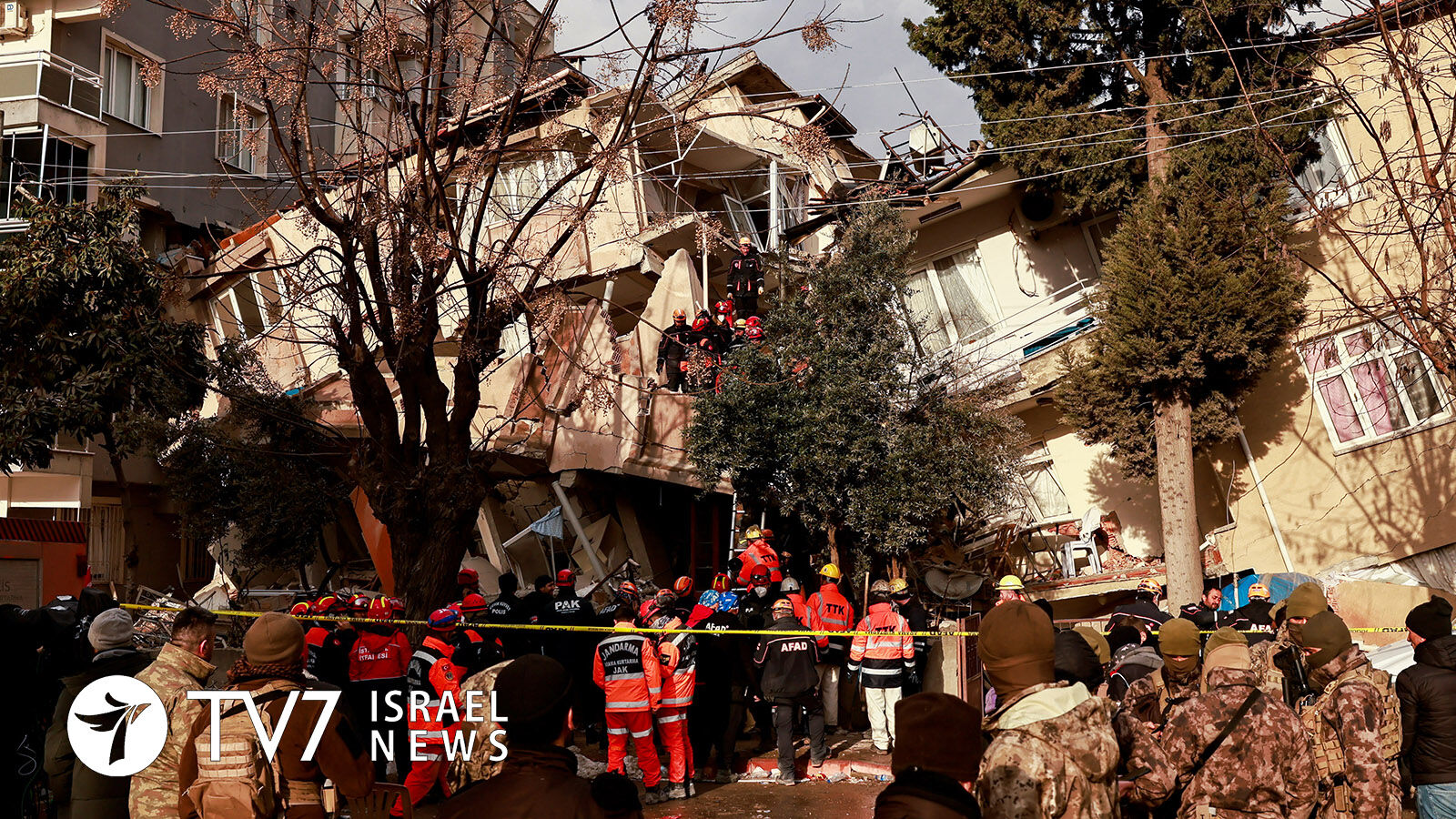Tremors were also in Israel.
By Erin Viner
The epicenter of Monday’s 6.3 earthquake was near the southern Turkish city of Antakya. It struck at a depth of just 2 km (1.2 miles), the European Mediterranean Seismological Centre (EMSC) said, potentially magnifying its impact at ground level.
Vice President Fuat Oktay said at least eight people were injured. Hatay Mayor Lütfü Savaş told the country’s Habertürk broadcaster some people were reportedly stuck under rubble after the latest quake.
Just hours earlier, US Secretary of State Antony Blinken had visited the stricken nation, where he said Washington would help “for as long as it takes” as rescue operations in the wake of the devastating 6 February earthquakes and their aftershocks were thought to be diminishing, with focus turned to toward urgent shelter for those left homeless and reconstruction work.
The death toll from the quakes two weeks ago rose to 41,156 in Turkey, said Ankara’s Disaster and Emergency Management Authority AFAD yesterday, while cautioning the number of fatalities is still expected to rise. Many people still missing, and 385,000 apartments known to have been destroyed or seriously damaged.
One of the first nations to offer aid was Israel, where two massive 7.8 and 7.7 earthquakes were also felt. Israel and Turkey recently restored full diplomatic ties after years of tension.
In Syria, already shattered by more than a decade of civil war, most deaths have been in the northwest, where the United Nations said 4,525 people were killed. The area is controlled by insurgents at war with forces loyal to President Bashar al-Assad, complicating aid efforts. Syrian officials say 1,414 people were killed in government-controlled areas.
Yesterday’s quake was felt across Israel just after a little after 7:00 PM, in Jerusalem, Tel Aviv, Rishon LeZion, Ashdod and Afula, reaching the country’s northern most city of Nahariya and as far south as Be’er Sheva.
Residents in Syria, Egypt and Lebanon also reported jolts caused by the quake.
